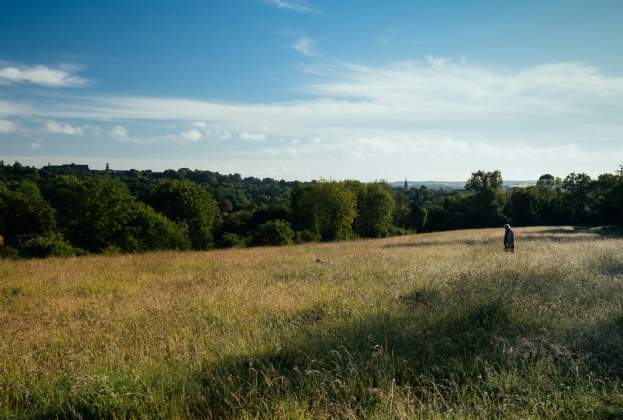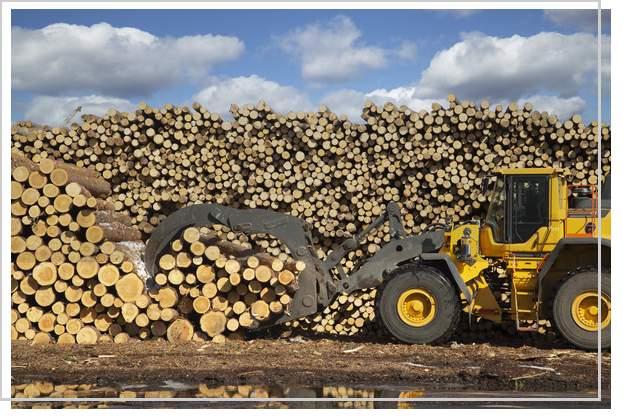The year has barely begun and the Government has already made two new announcements aimed at accelerating the building of new homes in the shape of new garden settlements and local authority partnerships to bring forward Starter Homes.
Neither plan will solve the housing crisis on its own. But the early start acknowledges the scale of the task ahead, a desire for more radical action and the need to keep housing in the headlines.
Both announcements come ahead of the long-awaited Housing White Paper expected this month which should put more flesh on the bones of these ideas. We need realistic, careful planning and above all more detail if the big numbers bandied about are to be turned into reality.
We estimate England needs to build some 300,000 new homes to address housing need as well as the pent up demand that has built up after years of undersupply. This is well above the Government’s ambition to deliver one million new homes by 2020, which roughly translates into 200,000 homes a year, a figure that is already close to being delivered depending on which stats you pick. So how do the recent announcements match up?
Garden Villages
In an expansion of the existing garden settlements programme, 14 new garden villages with the potential to deliver more than 48,000 new homes across England received Government backing. This is in addition to three new garden towns in Aylesbury, Taunton and Harlow & Gilston.
According to the Government, these 17 new settlements, together with the seven garden towns that were previously announced, have the potential to provide almost 200,000 new homes across the country.
New settlements are essential for bringing forward additional homes in new places with the amenities required to support generations to come. Garden villages and towns are therefore not just about housing numbers but also about creating new schools, shops, doctors surgeries and all the other facilities modern human life requires.
(1).png)

.png)
.jpg)
.jpg)




(1).jpg)
.jpg)
